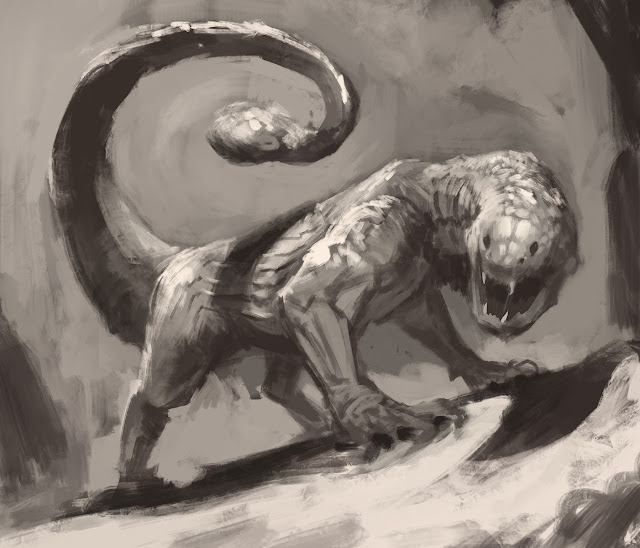Vatra - The Primordial Mother Fire. Embodied in the Sun (Her fire above) and Coal (Her fire below). Consumed the previous world and from its ashes were born the gods.
Qiri - The Daughter Fire. Goddess of the Moon, gas, oil, lamps, chemistry, and noxious gasses.
Avull - Goddess of steam, waterfalls, storms, engines, beasts of burden, passion, and blood.
Hekuri - God of iron, foundries, bellows, mining, cement, stone, and the rail.
Turma - Goddess of agriculture, abundance, forestry, crowds, crowding, and plague.
Udhetar - God of canals, calm seas, trade, travel, deserts, desire, and desperation.
Fabrika - Goddess of management, textiles, wisdom, planning, and mass production.
Zare - God of gold, entrepreneurship, investment, prophecy, games and greed.
Shoku - Goddess of community, conformity, communication, the telegraph, lightning, roads, and repair.
Genje - God of paper, printing, knowledge, literacy, eloquence, entertainment, diplomacy and deception.
Martesa - Goddess of boundaries, borders, property, contracts, marriage, and oaths.
Ushtar- God of lead, law, order, rage, war, and gunpowder. Punisher of broken promises.
Kupon - God of the wilds. Merchandising.
Inspired by this prompt from Discord user DefinitelyNotAnEggHahaha:
In many fantasy worlds, the gods create the world in a sort of medieval stasis. Humans, dwarves, etc, have medieval-level tech handed to them from day one, and the gods that exist in these worlds also often reflect that technology level (god of the harvest, god of the forge, etc). That is to say, these gods would make no sense in a world where everyone is a hunter-gatherer.
So, with that established, worldbuilding idea: A world created in a sort of industrial era stasis. Have gods of oil rigs, and railroads, and such
A sort of dirty steampunk kind of vibe, where tech never actually progresses because of the influence of these gods
PS: Kupon is literally just the Greek god Pan in a top hat and ill-fitting three-piece suit.




























